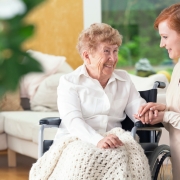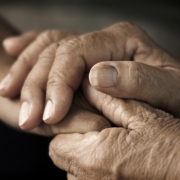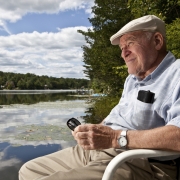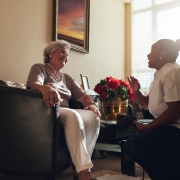The baby boomers are nearing retirement, which is why it’s not surprising that assisted living is now one of the fastest-growing sectors for senior living options in the country. Today, at least one million Americans are living in senior living communities and that number is expected to double by 2030.
While there are different types of housing options for seniors, a good chunk of their population go for assisted living because of these obvious benefits:
Opportunity to Live Independently
Many seniors fear the loss of independence once they are transferred to a senior living community, but that will never happen with assisted living. The goal of this facility is to promote independent living as much as possible while still giving the elderly easy access to assistance whenever they need it.
Assisted living facilities to have on-site doctors and nurses to give medical care when necessary and staff are available to help residents with activities of daily living such as taking a bath, dressing up, taking medications, preparing meals, and providing transportation. Aside from that, seniors are free to be as independent as possible because they deserve to enjoy life even during their later years.
The Feeling of Being at Home
Moving to a senior living community is a huge adjustment phase for an elderly person since it means that they will be leaving the comforts of home behind. But with assisted living, seniors will never feel like they’re far from home because the facility offers a home-like setting where they can have personal freedom and privacy.
In fact, assisted living can be much better than living at home because they won’t need to worry about maintaining their residence like doing yard work or cleaning. All of that will be taken care of by the facility’s staff.
Flexibility to Adapt to Changes
While some older people are healthier than others, their situation could change quickly. When that happens, assisted living facilities will immediately adapt their living arrangement to ensure that all their needs are met and their safety is taken into consideration.
The Chance to Socialize with other Residents
No one wants to spend the last few years of his life confined in a hospital room. This is why a lot of seniors choose assisted living facilities because it offers them the opportunity to socialize with other residents through scheduled daily activities. It could be doing crafts, dancing or even going on outings, residents will never feel that they’re in a senior home.
More Budget-Friendly Choice
Most importantly, assisted living facilities have a lower monthly cost when compared to a regular nursing home. This is due to the fact that medical care is only provided when needed and not on a continuous basis. So, if a senior only needs assistance with activities of daily living, assisted living is the better option cost-wise.
The Takeaway
Assisted living facilities have proven to be a good choice for seniors who want to enjoy a safe, conducive and enjoyable residence where they have access to the assistance they need. So, if you have a loved one who needs this type of setting, you’ll never regret choosing an assisted living facility for them.
Providence Place of Fremont is proud to offer its Assisted Living Services to Fremont NE and its Surrounding areas and Cities: Inglewood, Cedar Bluffs, Ames, Leshara, Arlington, Fontanelle, Nickerson, Telbasta, and North Bend












